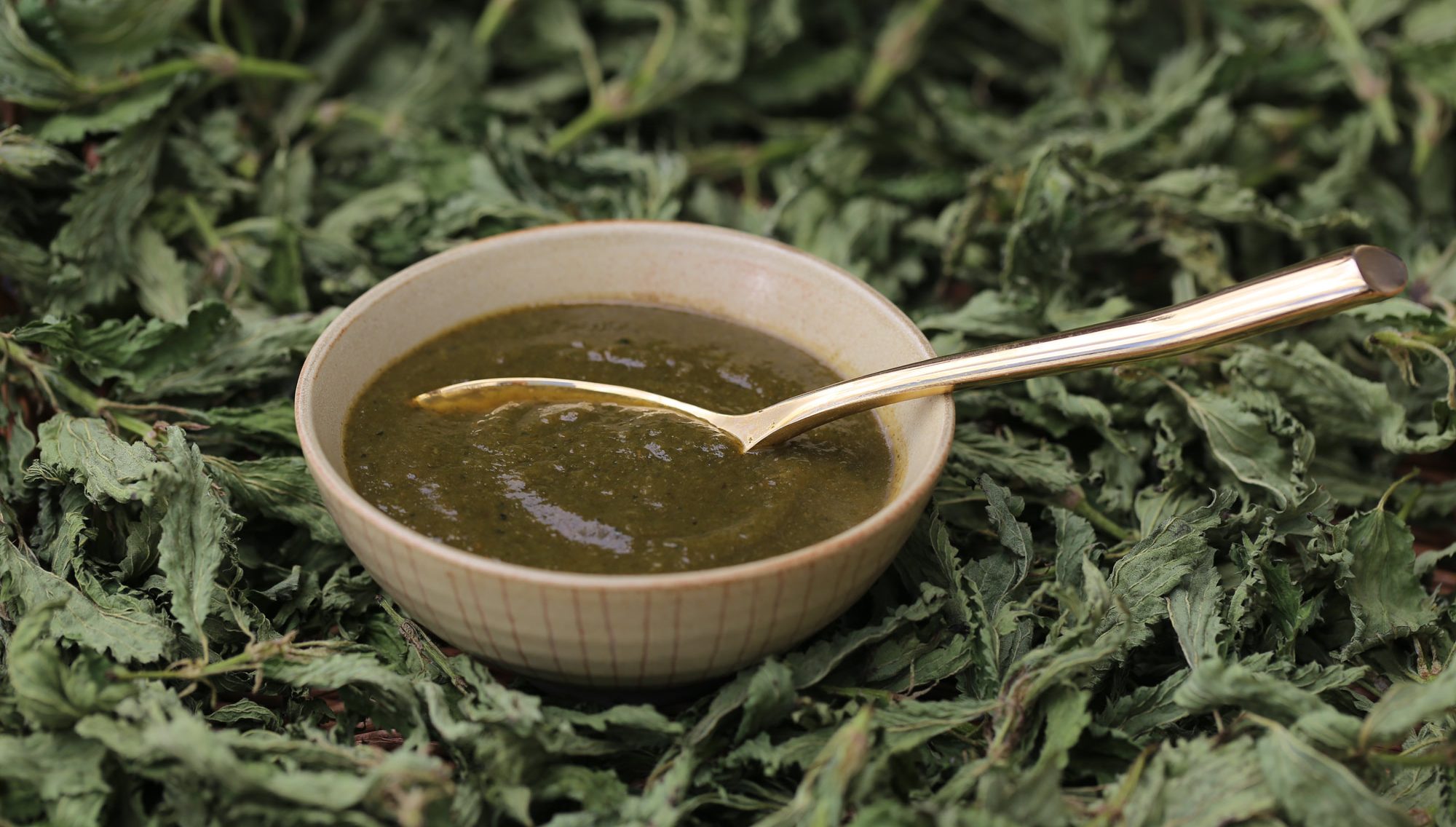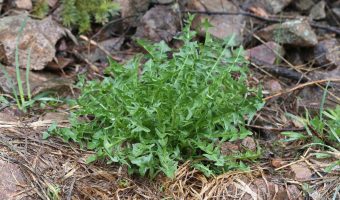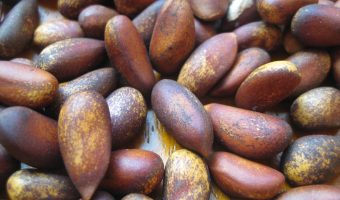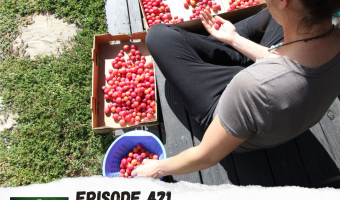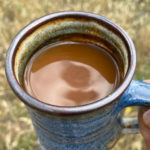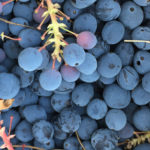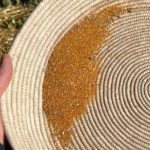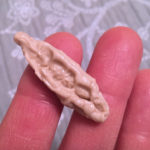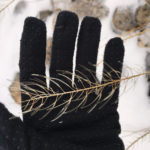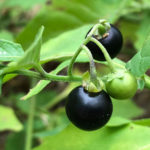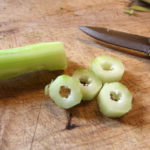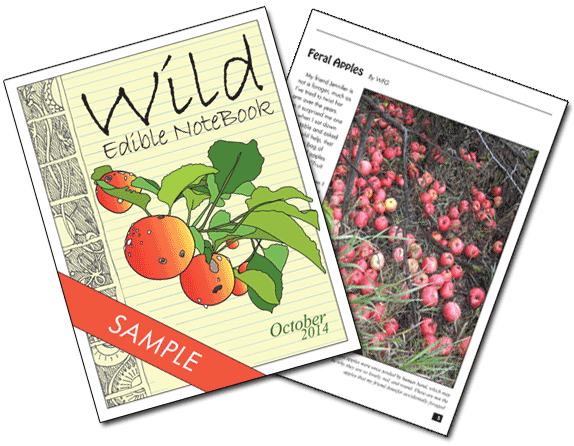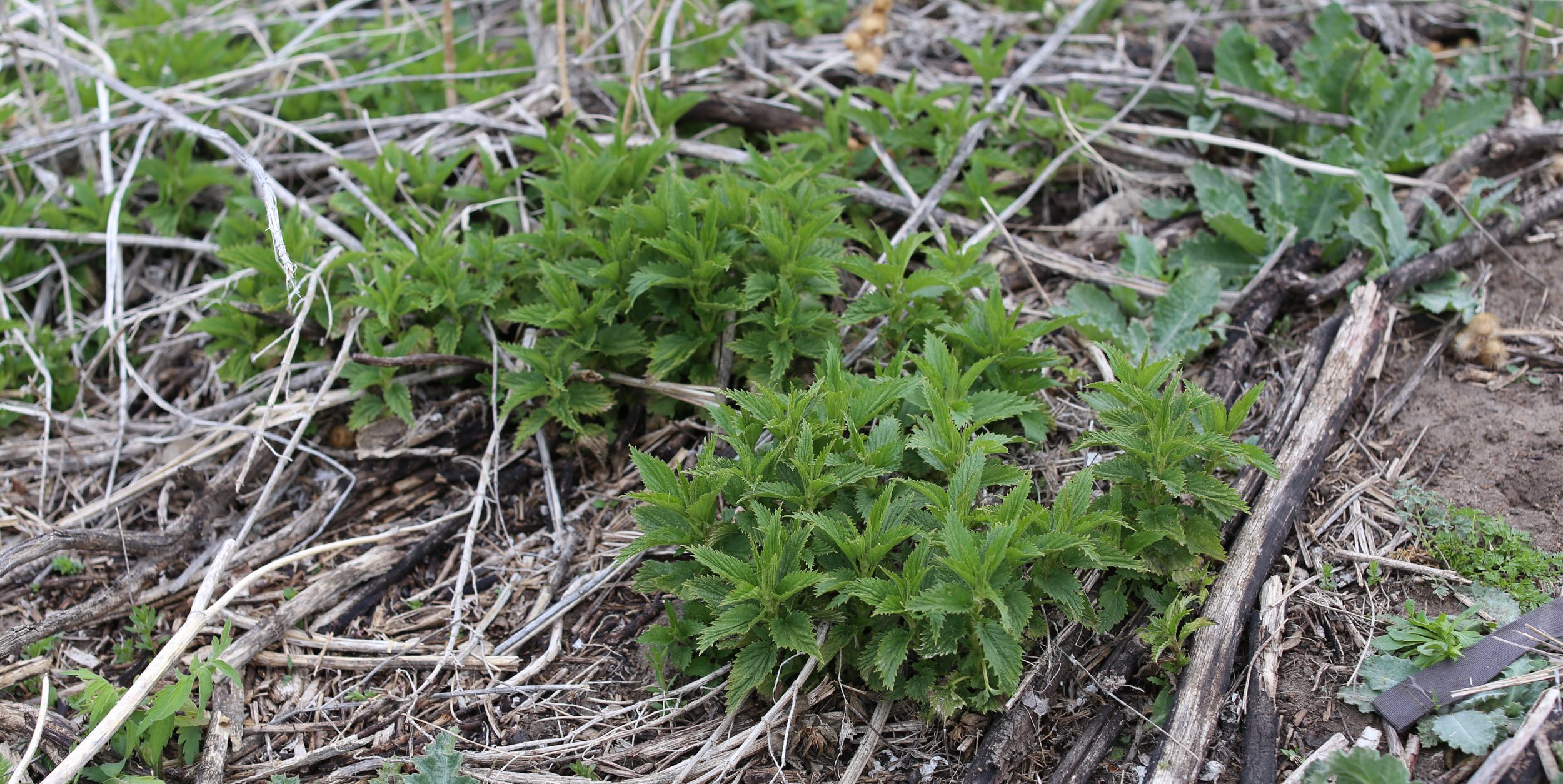 This stinging nettle (Urtica dioica) soup is quick, easy to make, and full of flavor. A lot of nettle soups are made with potato but I think the nettle flavor is more noticeable without, so I use cauliflower for the creamy consistency instead. The recipe is vegan, oil-free, and-salt-free, in keeping with my commitment to healthy & wild eating–but you can certainly adapt it. I use a 3-quart Instant Pot packed to the line, but it can also be made on the stove.
This stinging nettle (Urtica dioica) soup is quick, easy to make, and full of flavor. A lot of nettle soups are made with potato but I think the nettle flavor is more noticeable without, so I use cauliflower for the creamy consistency instead. The recipe is vegan, oil-free, and-salt-free, in keeping with my commitment to healthy & wild eating–but you can certainly adapt it. I use a 3-quart Instant Pot packed to the line, but it can also be made on the stove.
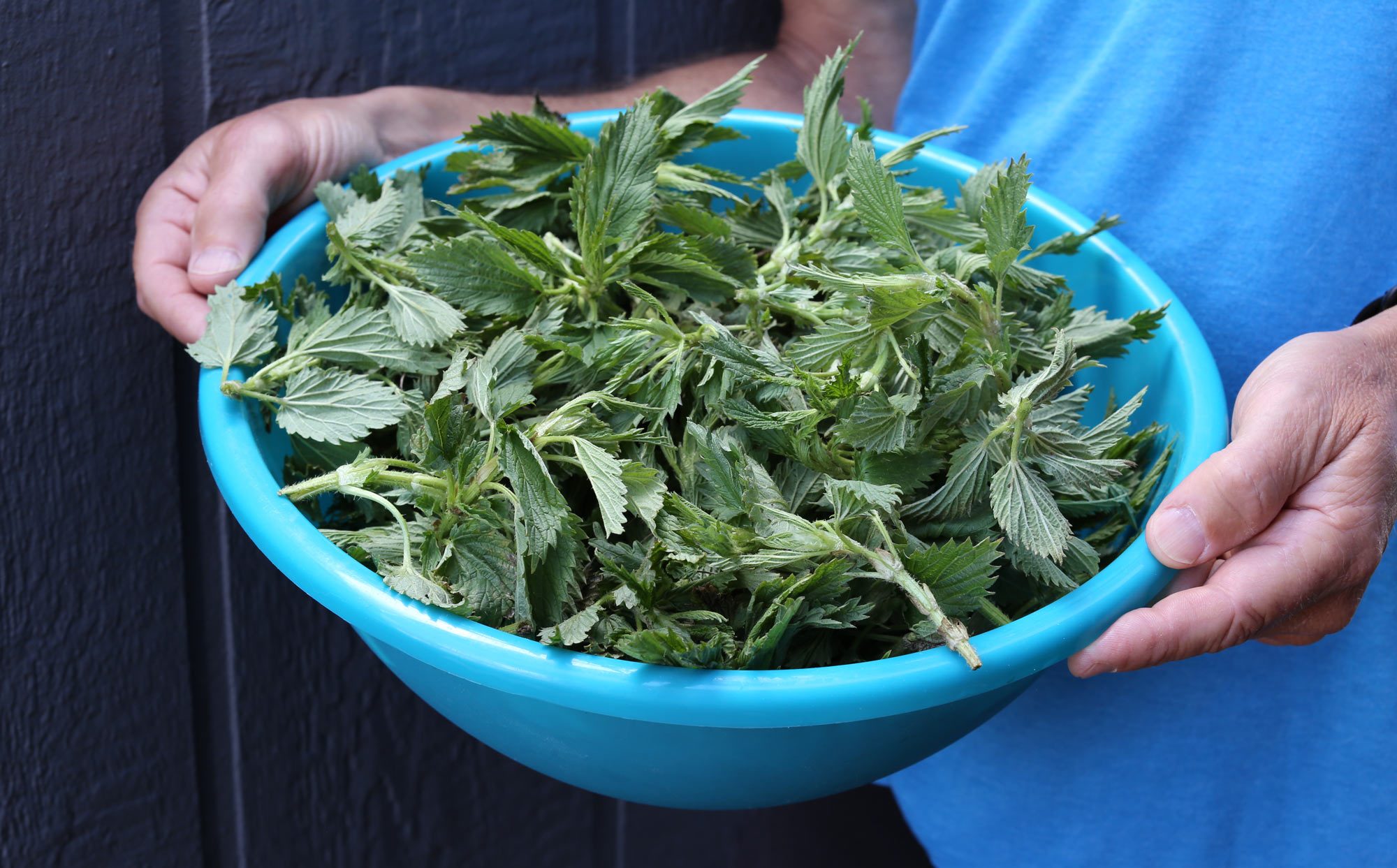
Identifying nettles: Stinging nettles have the appearance of mints because the leaves are held in opposite sets. Unlike mints, however, stinging nettle stems and other parts are covered with stiff stinging hairs that look like tiny needles. The leaves are serrated, and have a textured surface with veins pressed in above and extruded below.
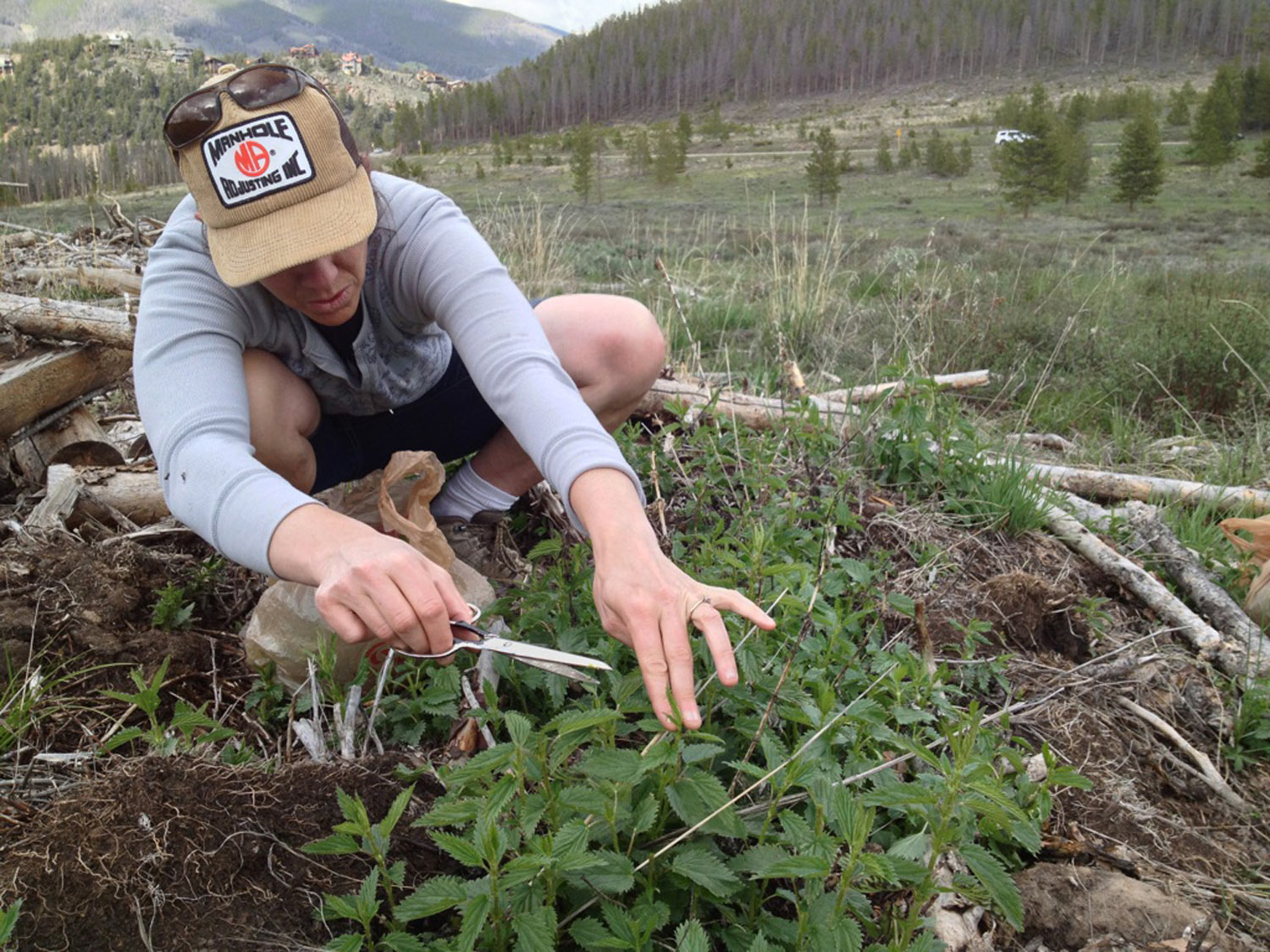
Foraging nettles: It is best to wear gloves and protective long sleeves while gathering, as their sting can cause uncomfortable itchiness or welts. That said, one can also do it bare-handed and deal with the sting.
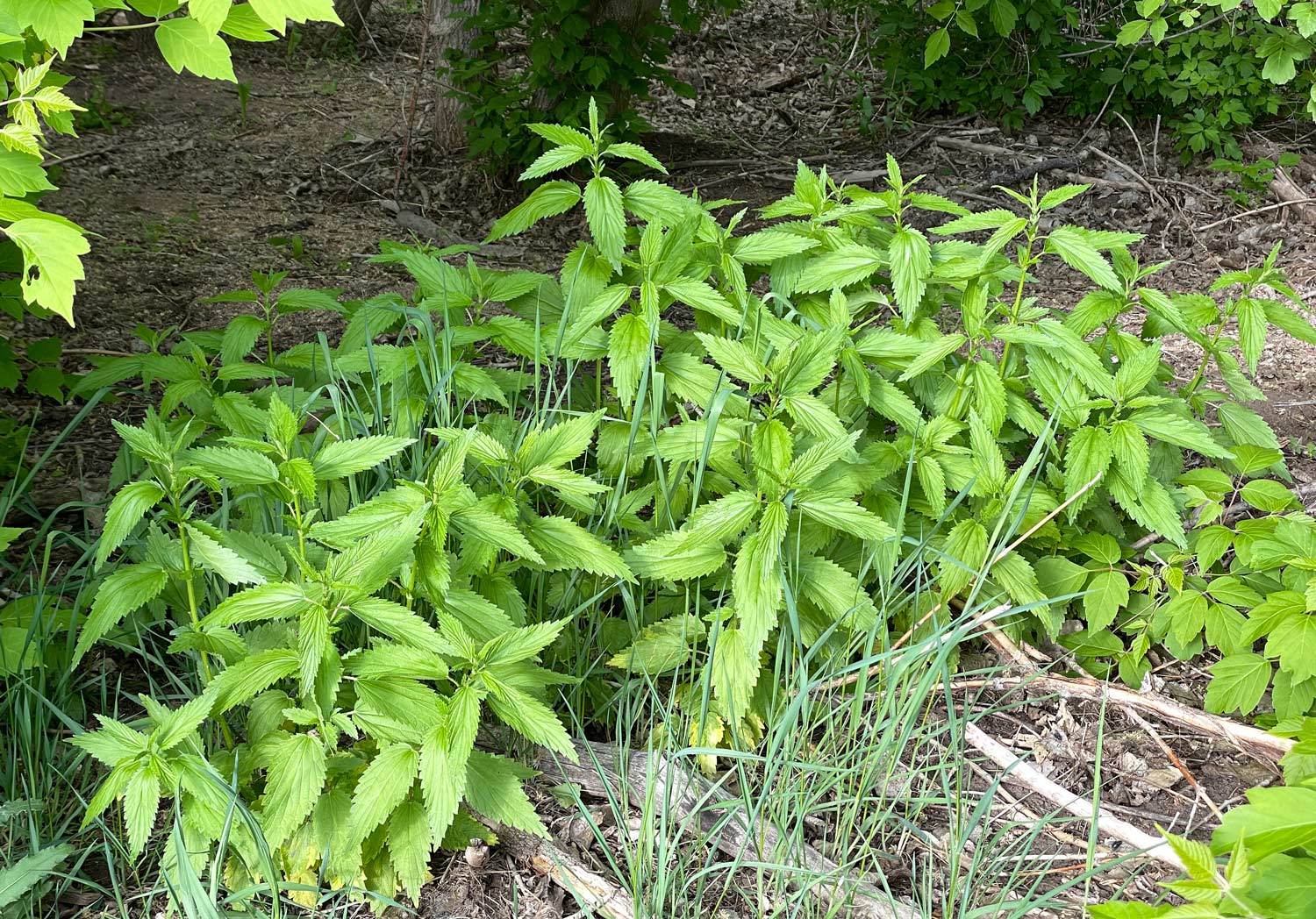
Harvest: Cut the top 2-4 major leaf sets from stinging nettle plants that have not yet produced their strings of tiny flowers, then use the whole tops, attached stem bits included, in the recipe. Once cooked, the sting disappears.
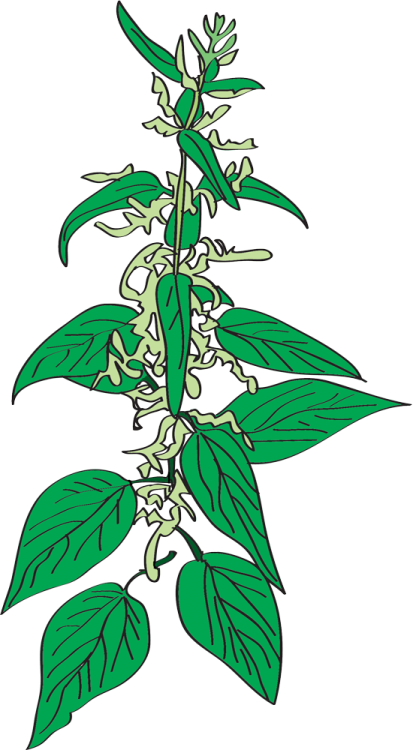 Healthy Stinging Nettle Soup
Healthy Stinging Nettle Soup
Ingredients:
- 1 onion
- 1 celery stalk
- 1 carrot
- 1/2 head cauliflower
- 2-3 cloves garlic
- 1/4 tsp ground pepper
- 8 cups fresh nettles loosely packed
- 3 cups vegetable broth
Instructions:
- Chop veggies small enough to tamp down in the Instant Pot.
- Pack nettles firmly into the base of the pot.
- Pack veggies on top, the cauliflower last. Do not pass the fill line.
- Add broth.
- Close pot and set to Pressure Cook for 8 minutes. Let cool or release pressure manually.
- Open and blend fully using a hand-blender.
- Serve with toppings as desired. I like Dr. Greger’s vegan nutty parm. My husband likes to sprinkle it with salt.
